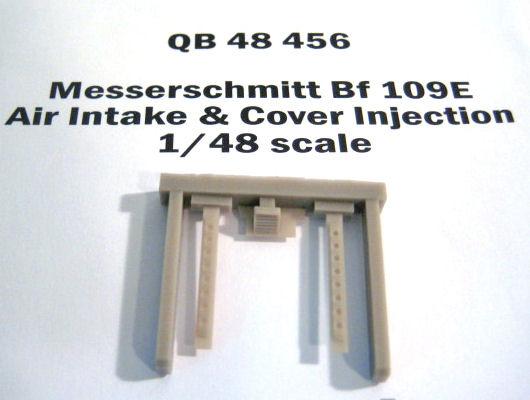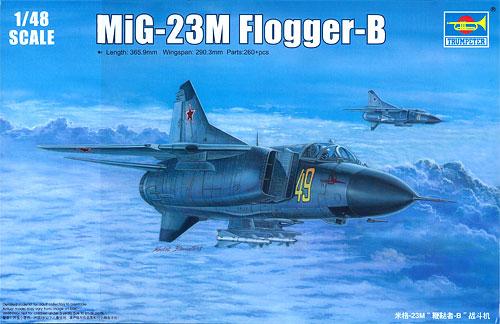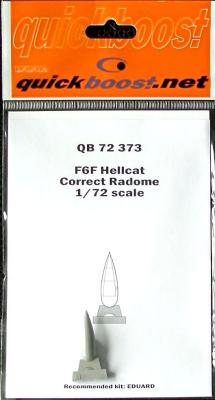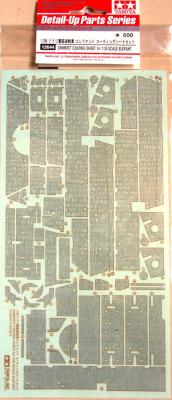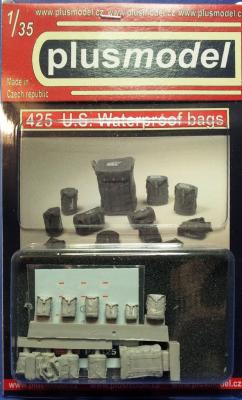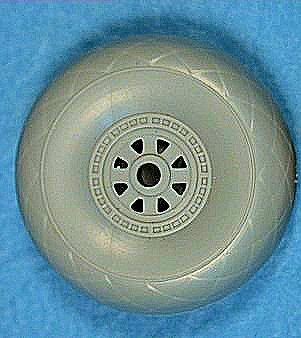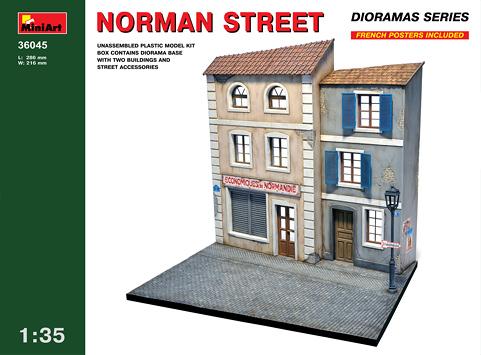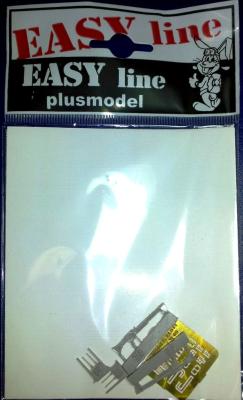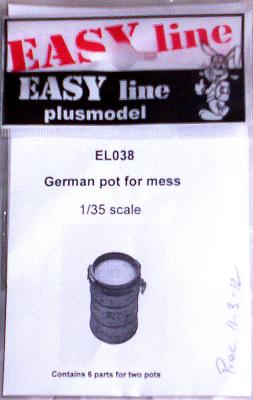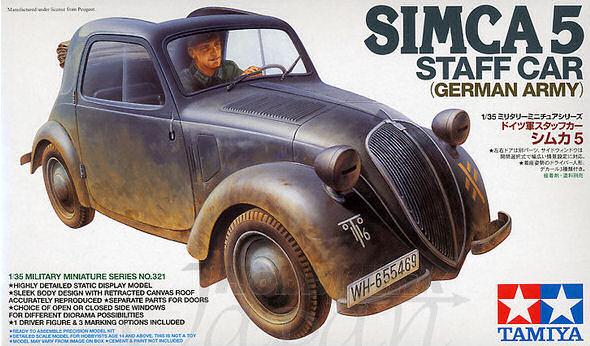I’ve built two of Eduard’s beautiful Bf-109Es, and in both cases an area that I would have liked to have done better was the intake and the injection cover – the injection cover especially if the engine cover is removed. Both of these parts are folded or joined out of photo etch pieces. Well, unless you are really good with PE, the result may not be as good as you’d like. Now, Quickboost remedies that situation in resin.
Molded flawlessly out of light grey resin are three pieces of resin: the air intake and two covers for the injectors. Both of these items, especially the intake, are much easier than the PE to use and look great. I will certainly enjoy using these pieces over the PE.
If you are like me and prefer resin over PE, you will enjoy these parts as well. Flawlessly rendered and wonderfully detailed, these parts are exactly what you come to expect from Quickboost. Highly recommended.

